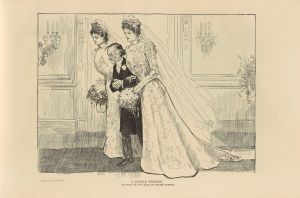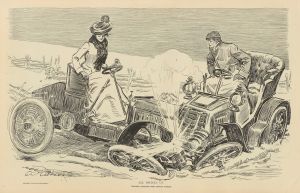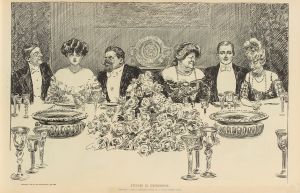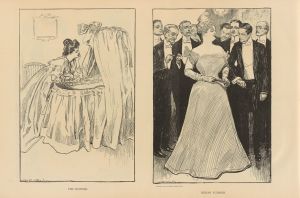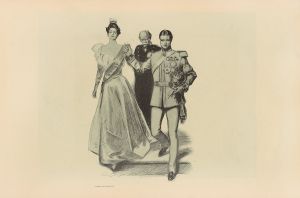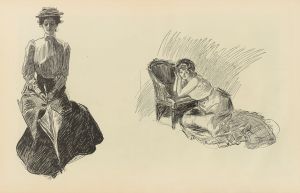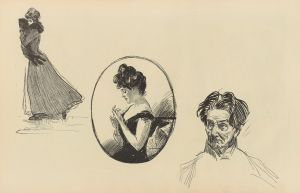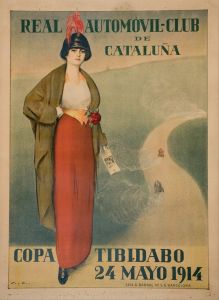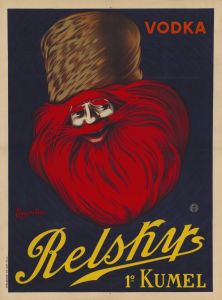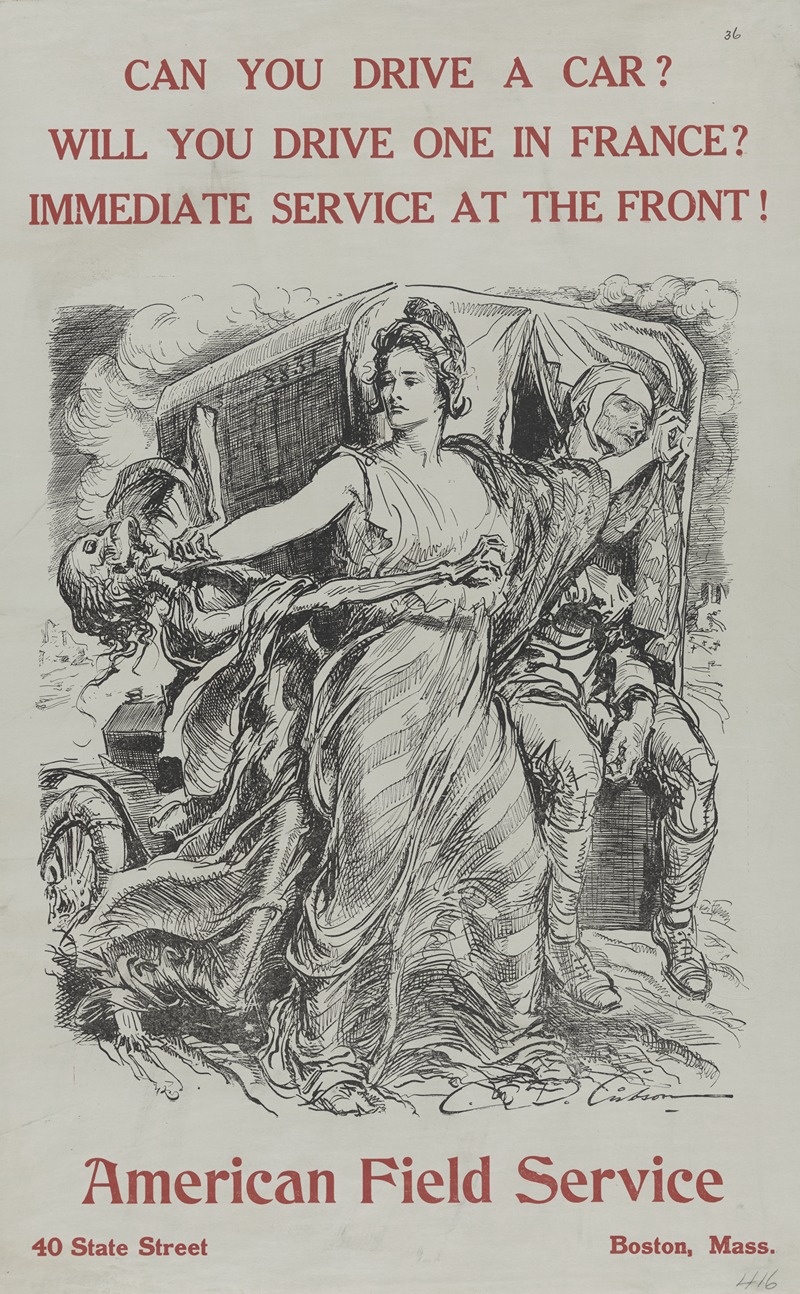
Can you drive a car
A hand-painted replica of Charles Dana Gibson’s masterpiece Can you drive a car, meticulously crafted by professional artists to capture the true essence of the original. Each piece is created with museum-quality canvas and rare mineral pigments, carefully painted by experienced artists with delicate brushstrokes and rich, layered colors to perfectly recreate the texture of the original artwork. Unlike machine-printed reproductions, this hand-painted version brings the painting to life, infused with the artist’s emotions and skill in every stroke. Whether for personal collection or home decoration, it instantly elevates the artistic atmosphere of any space.
Charles Dana Gibson was an influential American illustrator best known for his creation of the "Gibson Girl," an iconic representation of the American woman at the turn of the 20th century. His work was widely published in popular magazines of the time, such as Life, Harper's Weekly, and Scribner's, and his illustrations captured the spirit and social dynamics of the era.
"Can You Drive a Car" is one of Gibson's lesser-known works, yet it reflects his characteristic style and social commentary. Created during a period when automobiles were becoming more prevalent in society, this illustration humorously addresses the evolving roles and expectations of women. The early 20th century was a time of significant social change, with women increasingly seeking independence and new opportunities, including the ability to drive automobiles.
Gibson's illustration typically features a scene that humorously depicts a woman in the driver's seat, possibly challenging the norms of the time when driving was predominantly considered a male activity. The artwork likely captures the curiosity, skepticism, or amusement of onlookers, reflecting societal attitudes towards women drivers during that era. This theme aligns with Gibson's broader body of work, which often explored the complexities of gender roles and the shifting dynamics between men and women.
The "Gibson Girl" itself was a cultural phenomenon, embodying the idealized image of beauty, poise, and independence. She was often portrayed as confident and capable, traits that would naturally extend to the idea of a woman driving a car. Gibson's illustrations, including "Can You Drive a Car," contributed to the dialogue about women's capabilities and their place in modern society.
Gibson's work was not just about capturing beauty but also about making subtle social commentary. His illustrations often included elements of satire and wit, inviting viewers to reflect on contemporary issues. In the context of "Can You Drive a Car," the illustration may serve as both a humorous take on the novelty of women drivers and a commentary on the broader movement towards gender equality.
While specific details about the publication and reception of "Can You Drive a Car" are not widely documented, it fits within Gibson's larger oeuvre that consistently engaged with themes of modernity and social change. His work remains significant for its artistic merit and its role in shaping public perceptions during a transformative period in American history.
Overall, Charles Dana Gibson's "Can You Drive a Car" is an example of how art can reflect and influence societal attitudes. Through his illustrations, Gibson captured the essence of an era, providing insight into the cultural shifts that were taking place. His work continues to be studied and appreciated for its historical significance and its contribution to the discourse on gender and society.






